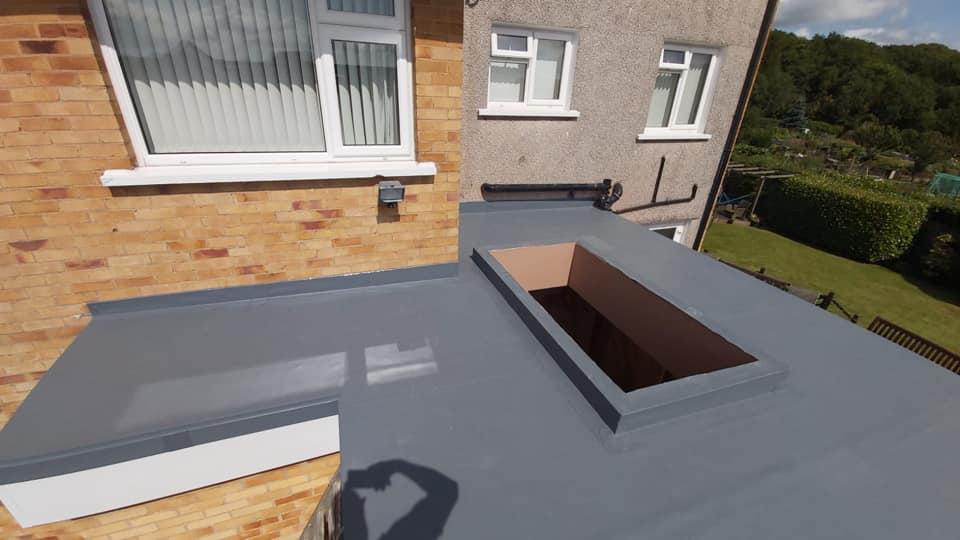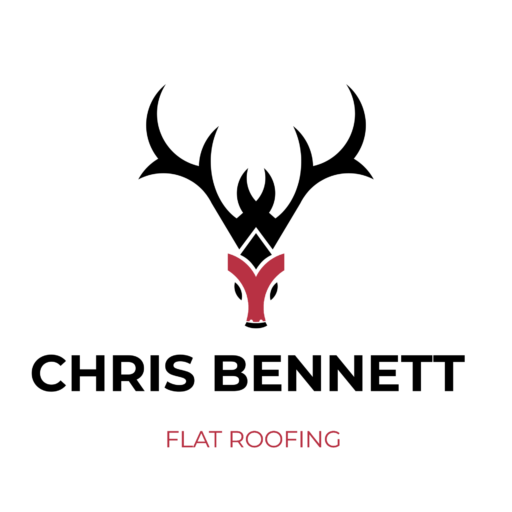When it comes to roofing solutions, homeowners and businesses have various options, including GRP (Glass Reinforced Plastic), felt, and single ply membranes. Among these, single ply roofing stands out for its numerous advantages, making it an increasingly popular choice for flat roofs. Here’s a comprehensive look at why single ply roofing is superior to GRP and felt.
1. Durability and Longevity
Single ply roofing membranes, typically made from materials like PVC, TPO, or EPDM, are renowned for their exceptional durability. These membranes are resistant to UV radiation, chemical exposure, and extreme weather conditions, ensuring a long lifespan. Unlike felt, which can deteriorate and become brittle over time, single ply maintains its integrity, providing reliable protection for decades.
2. Flexibility and Versatility
Single ply membranes offer excellent flexibility, allowing them to accommodate the movements and settling of the building structure without cracking or splitting. This flexibility is particularly beneficial for complex roof designs and installations. In contrast, GRP can be rigid and prone to cracking under movement or thermal expansion.
3. Ease of Installation
One of the standout benefits of single ply roofing is the ease of installation. These membranes are lightweight and can be quickly rolled out and secured, reducing labor costs and installation time. Additionally, single ply roofing does not require naked flames for installation. Instead, it utilizes hot air welding, which is a safer and more efficient method compared to the open flames often used in felt roofing installations. This makes single ply a safer choice for both installers and the building.
4. Waterproofing Excellence
Single ply membranes provide superior waterproofing capabilities. The hot air welding technique ensures seamless joins, creating a continuous barrier against water ingress. This method significantly reduces the risk of leaks compared to felt roofs, which rely on overlapping layers that can eventually let water through. GRP roofs, while also waterproof, can suffer from joint failures and cracking, leading to potential leaks.
5. Environmental Benefits
Many single ply roofing systems are designed with environmental considerations in mind. They can be recyclable at the end of their life cycle, reducing environmental impact. Additionally, some single ply membranes have reflective properties that can enhance energy efficiency by reflecting sunlight and reducing cooling costs in warmer climates.
6. Maintenance and Repair
Maintaining single ply roofs is relatively straightforward. Regular inspections and basic upkeep can extend the lifespan of the roof without significant effort or cost. Should repairs be necessary, the process is typically easier and less invasive compared to GRP and felt roofs. The hot air welding method allows for quick and effective repairs, ensuring the roof remains watertight.
7. Aesthetic Appeal
Single ply membranes are available in various colors and finishes, providing aesthetic flexibility for building owners. This variety allows for customization to match the building’s design and surroundings, enhancing the overall visual appeal.
Conclusion
When comparing single ply roofing to traditional options like GRP and felt, the benefits are clear. Single ply offers unmatched durability, flexibility, ease of installation, and superior waterproofing. Its safe installation process, environmental benefits, low maintenance requirements, and aesthetic versatility further solidify its position as the superior roofing solution.
For those considering a new roof or a roof replacement, single ply roofing presents a compelling choice that combines advanced technology with practical advantages, ensuring long-lasting performance and peace of mind.



